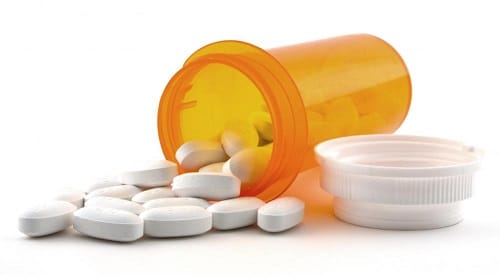What is Glyburide?
Glyburide is a potent anti-diabetic medication that is taken in the tablet form. Its trade names in Canada include DiaBeta, Euglucon, Gen-Glybe, Med-Glybe, and Mylan-Glybe. It is usually indicated for the treatment of type 2 diabetes to improve blood sugar control. Typically, it is prescribed in conjunction with dietary modification plans and exercise. Once this product enters the digestive system, it can take up to two hours to see its effects. Its peak action occurs between three to four hours. In patients where their kidneys are functioning normally, their action can last for about 18 to 24 hours.
Glyburide dosage
Patients are usually prescribed in single 2.5mg to 5mg daily doses depending on a patient’s current blood sugar control and any concurrent antidiabetic medications. Your doctor may increase the dose by 2.5mg per week until satisfactory control is achieved. The main mechanism for Glyburide is through the increase in production of insulin by the pancreas cells. The extra insulin produced in these cells will then be used to increase sugar uptake by the fat and muscle cells and reduce sugar production by the liver. Additionally, when glyburide is administered for a significant duration, it can also function similarly to insulin.
Glyburide should be taken during breakfast or the first main meal of the day. Breastfeeding or pregnant patients should avoid taking this drug, as there is still insufficient evidence to support its use in these groups of individuals. Furthermore, because this medication can lower the blood sugar level to dangerous amounts, it is vital that patients do not skip any meals. Patients should monitor their own blood glucose levels so that they know the medication is treating them effectively and to prevent further comorbid ailments, such as heart diseases and stroke.
Check Glyburide prices at canadianinsulin.com!
—
Disclaimer: Please note that the contents of this community article are strictly for informational purposes and should not be considered as medical advice. This article, and other community articles, are not written or reviewed for medical validity by Canadian Insulin or its staff. All views and opinions expressed by the contributing authors are not endorsed by Canadian Insulin. Always consult a medical professional for medical advice, diagnosis, and treatment.


